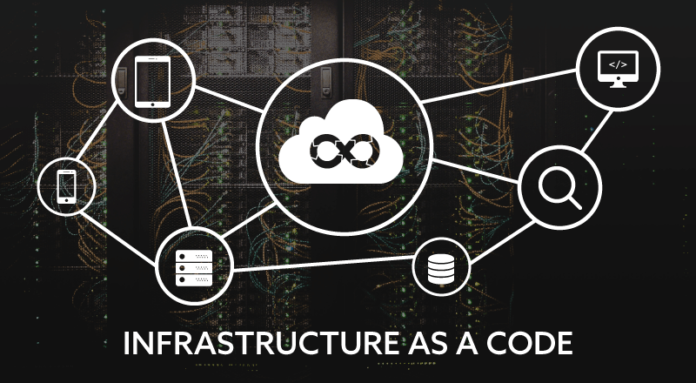- Infrastructure as Code (IaC) principles: Terraform is an Infrastructure as Code tool that allows you to define and manage your infrastructure in code. You should be familiar with IaC principles and how they apply to Terraform.
- Terraform configuration files: Terraform uses configuration files written in HashiCorp Configuration Language (HCL) to define your infrastructure. You should be familiar with the syntax and structure of these files.
- Provider configuration: Terraform uses providers to interact with different infrastructure providers, such as AWS, Azure, and GCP. You should know how to configure these providers in your Terraform files.
- Resource management: Terraform resources represent the infrastructure elements you want to manage. You should be familiar with the different types of resources that Terraform supports and how to manage them.
- State management: Terraform keeps track of the state of your infrastructure in a state file. You should know how to manage this file and safely update your infrastructure without losing data.
- Modules: Terraform modules allow you to encapsulate and reuse infrastructure code. You should know how to create, use, and share modules.
- Variables and input configuration: Terraform allows you to use variables and input configuration to parameterize your infrastructure code. You should know how to define and use variables in your Terraform files.
- Output configuration: Terraform allows you to define outputs that other Terraform modules or external applications can use. You should know how to define and use outputs in your Terraform files.
- Workspaces: Terraform workspaces allow you to manage multiple environments with different infrastructure configurations. You should know how to use workspaces to manage your infrastructure in different environments.
- Best practices and conventions: Terraform has many best practices and conventions you should be familiar with to write efficient, maintainable, scalable infrastructure code. These include naming conventions, modularization, and version control.
Welcome!Log into your account










